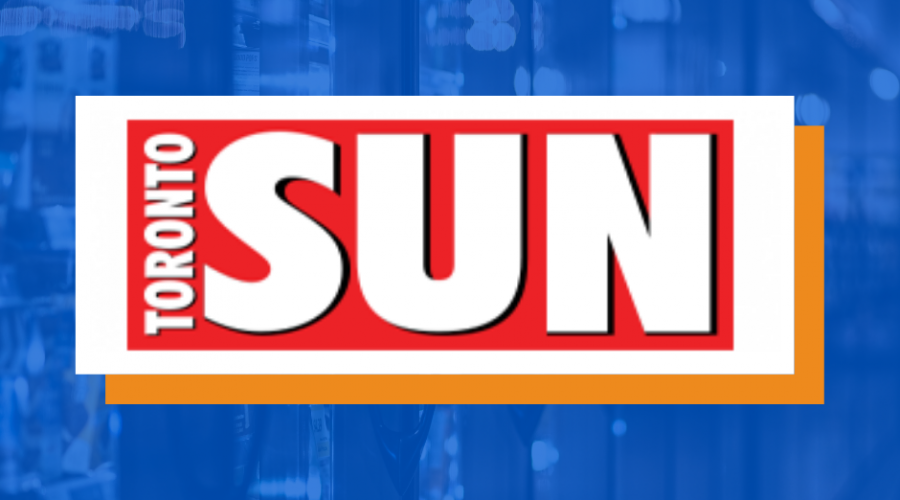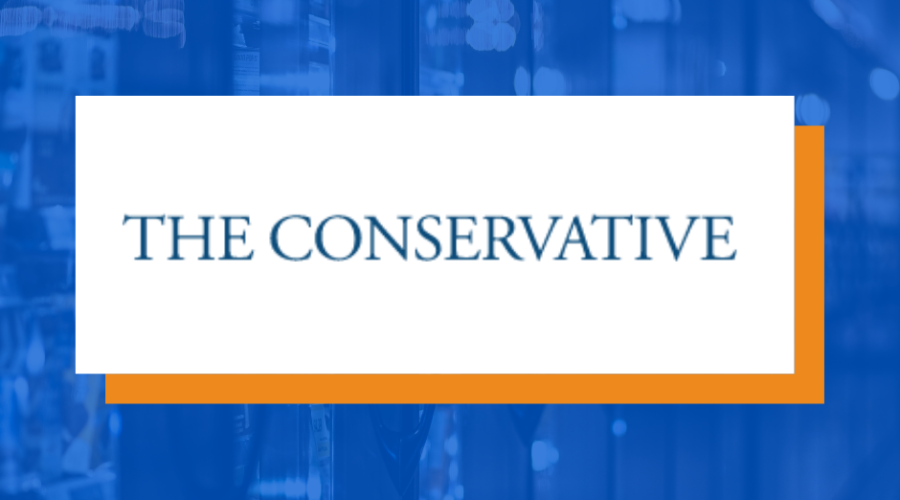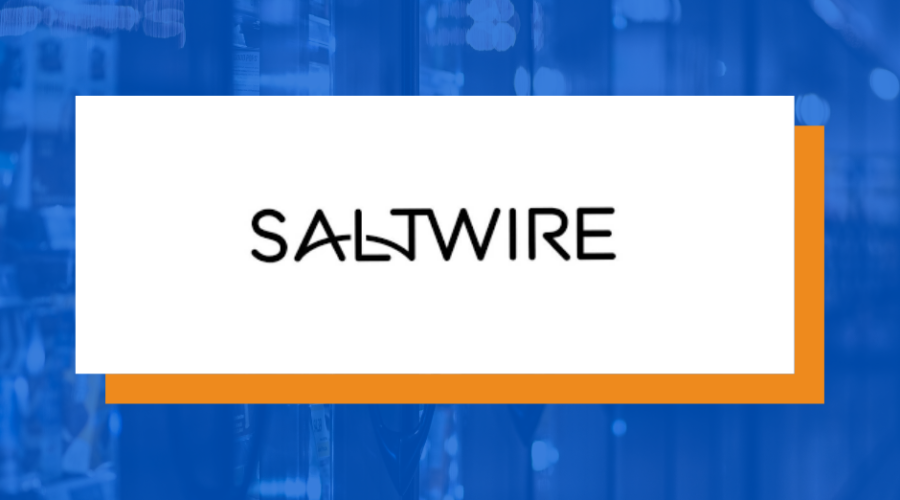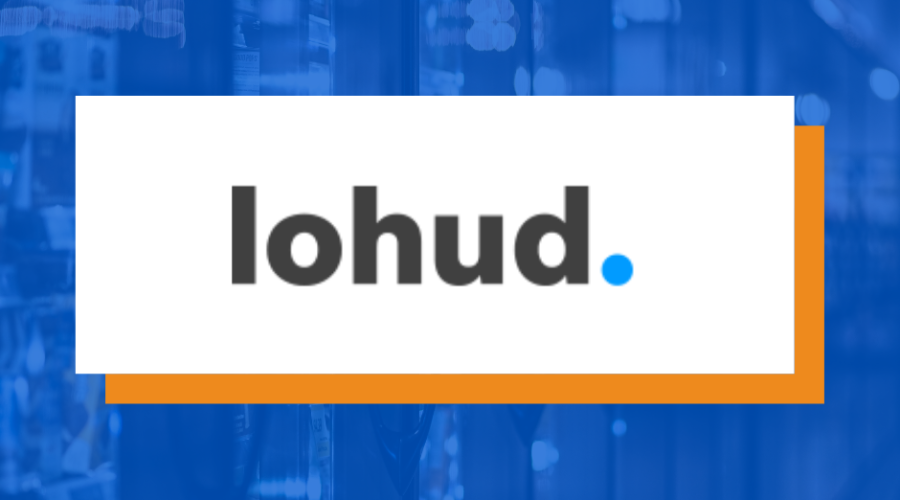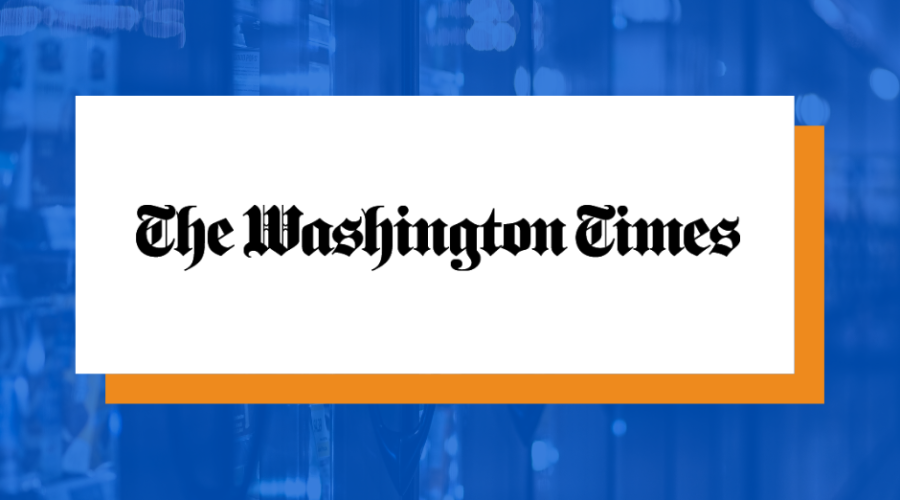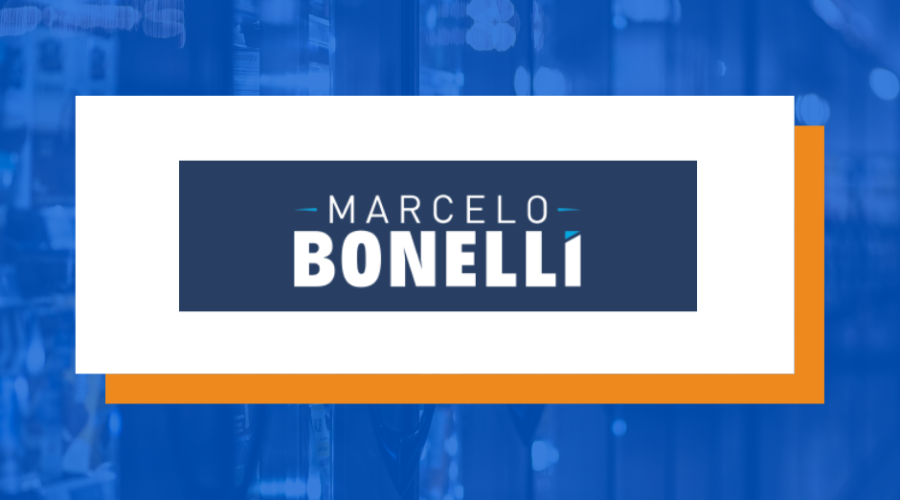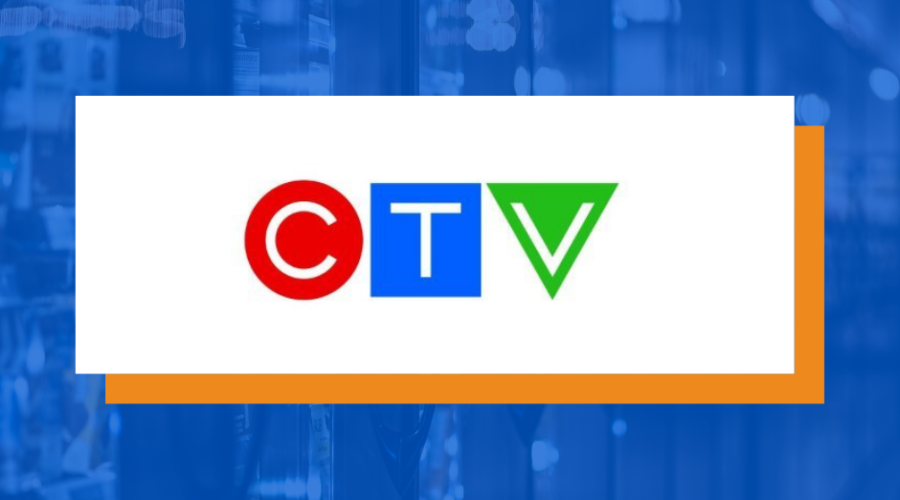Opinion: Learn from Britain — a junk food ad ban is a bad idea
The outdated playbook of trying to tax and ban things out of existence in a misguided effort to change people’s behaviour
Childhood obesity rates have nearly tripled in the last 30 years. Almost one in three Canadian children is overweight or obese, according to data from Statistics Canada. In an effort to tackle this growing problem, Health Canada has announced it is considering sweeping new legislation to restrict junk food advertising.
A similar plan was mooted but not adopted a few years back, but public health regulators now feel empowered to push this tired idea partly because the British government recently signed off on a new law banning television advertisements before nine in the evening for foods high in sugar. Health Canada says it is examining the British law and recommitting to implementing something similar in Canada.
The months the British government has spent dancing around this issue ought to be enough to ward off any right-thinking Canadian. The law it eventually came up with was a watered-down version of the original proposal, which would have banned all online advertising of anything the government considered “junk food.” Bakeries could have been committing a crime by posting pictures of cakes to Instagram.
The U.K. government now promises its new legislation will eliminate that possibility. But that doesn’t mean the ban is a useful public policy tool. First and foremost, ad bans simply do not work. The British government’s own analysis of its policy predicts it will remove a grand total of 1.7 calories from kids’ diets per day. That’s roughly the equivalent of 1/30th of an Oreo cookie.
It’s safe to assume the same policy would have similarly underwhelming results here in Canada. It won’t help reduce child obesity but it will make life more complicated for the country’s food industry. All this, just as the world enters a post-COVID economic recovery and countries like Britain and Canada need growth and investment more than ever.
The junk food ad ban was pushed through in the U.K. on the back of a sinister campaign weaponizing children’s voices. As the government wrapped up its public consultation on the proposal, it lauded a conveniently timed report supposedly highlighting the crying need for such a drastic policy intervention. The report — or “exposé,”’ as it was branded — was cooked up by Biteback 2030, a pressure group fronted by celebrity chefs and Dolce & Gabbana models. Absent hard evidence or coherent arguments for the centralization of decision-making on a matter as fundamental as what to have for dinner, it made its point by shamelessly putting interventionist politics into children’s mouths.
“I’m a 16-year-old boy,” read its introduction. “I feel like I’m being bombarded with junk food ads on my phone and on my computer. And I’m pretty sure this is getting worse.” Canadians who value free markets and individual liberties should be on the lookout for similar tactics from nanny-statists bent on drowning entire industries in red tape and consigning any notion of freedom of choice to the history books. It is incredibly paternalistic for the government to limit what advertisements adult consumers can see, as the ban would eliminate the targeted ads from all TV programming before nine p.m.
There is plenty Canada can do to fight obesity without resorting to blanket advertising bans, following the outdated playbook of trying to tax and ban things out of existence in a misguided effort to change people’s behaviour. The ban completely ignores the other half of the obesity equation, which is of course physical activity.
Obesity is a serious problem. It could even become the next pandemic. But as this junk food ad ban statement from Health Canada shows, powerful public health regulators are asleep at the wheel. They claim to be acting in Canadians’ best interest but they have nothing new to add to the policy debate.
Originally published here.

